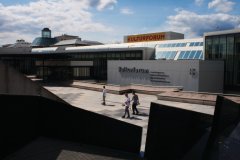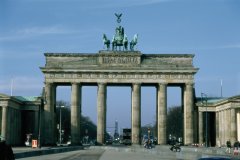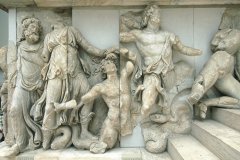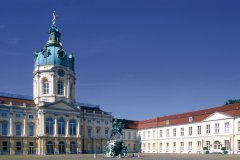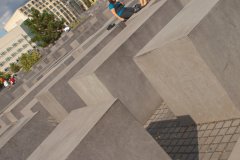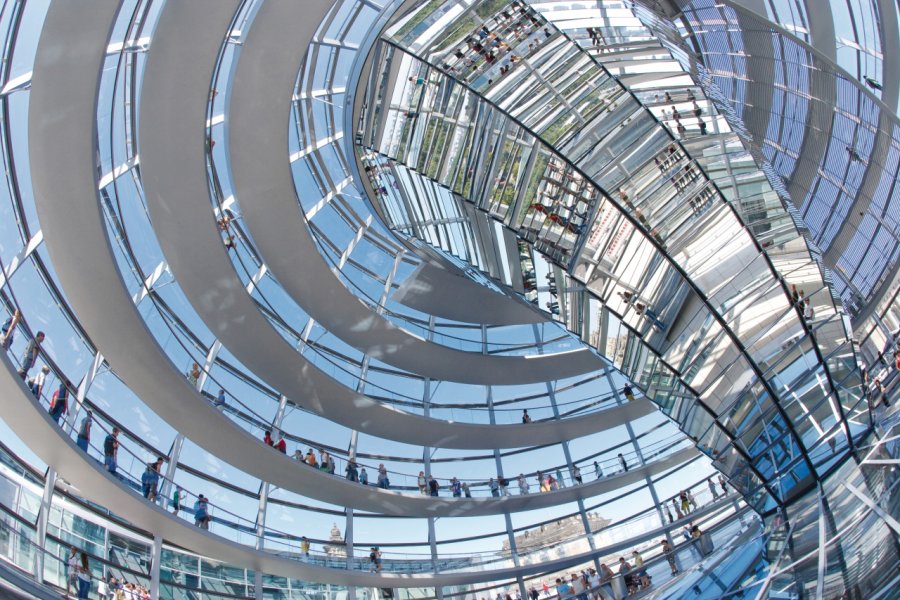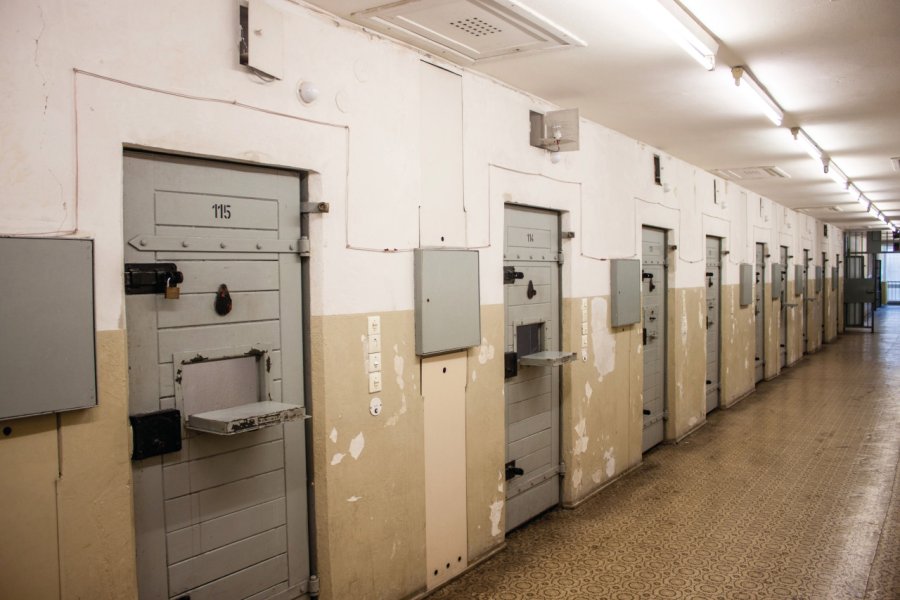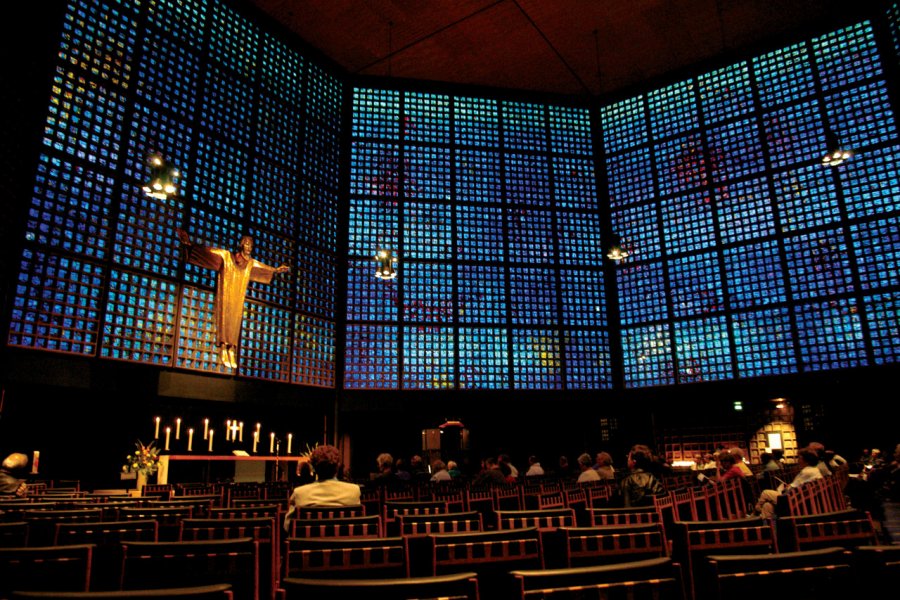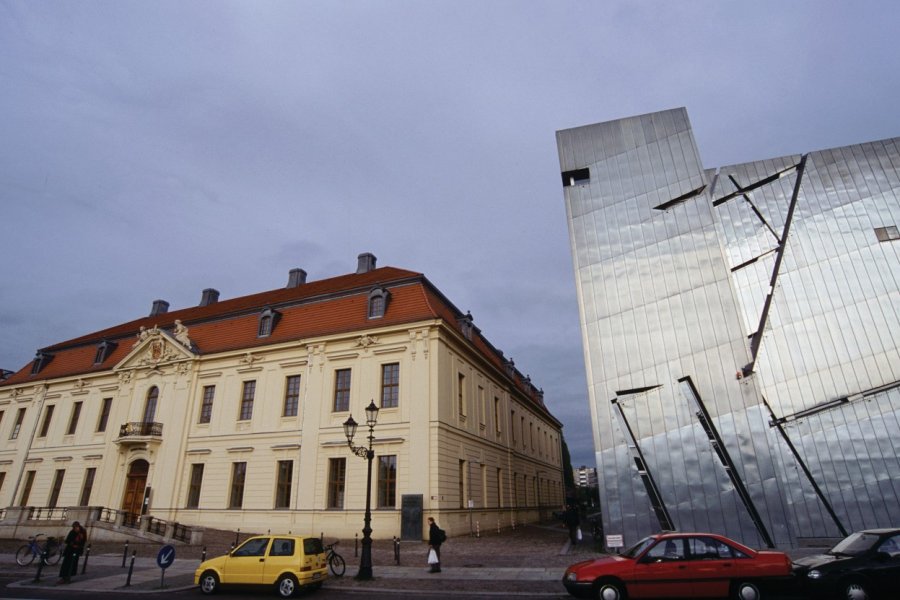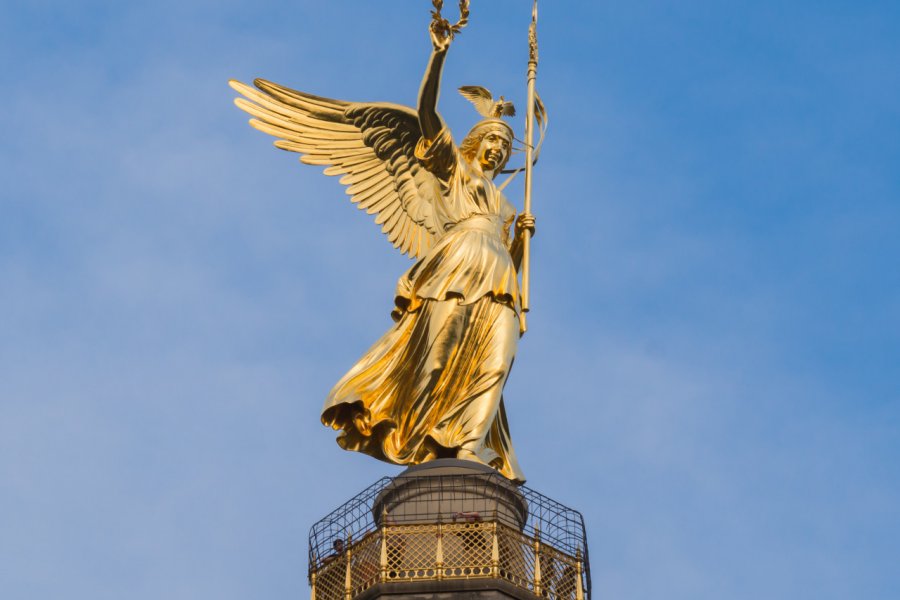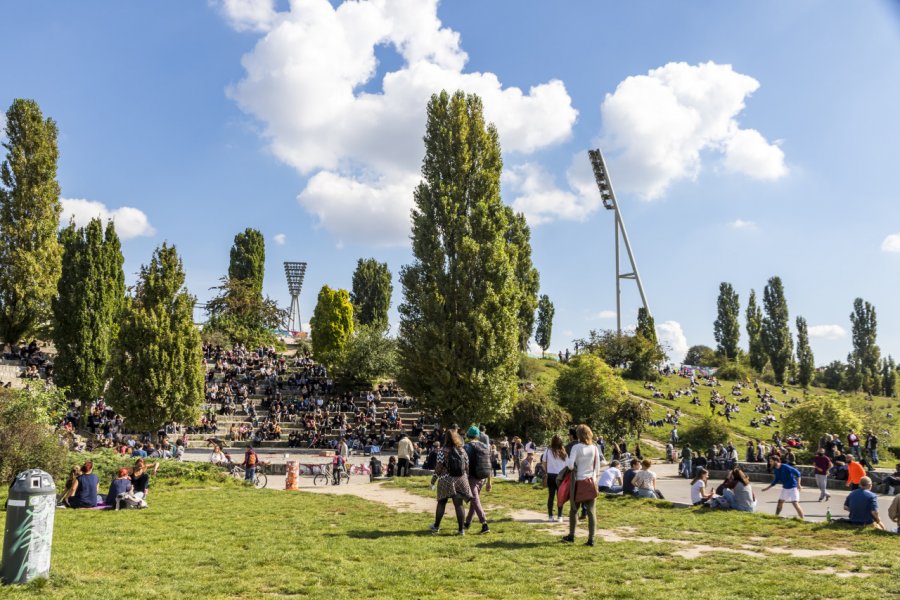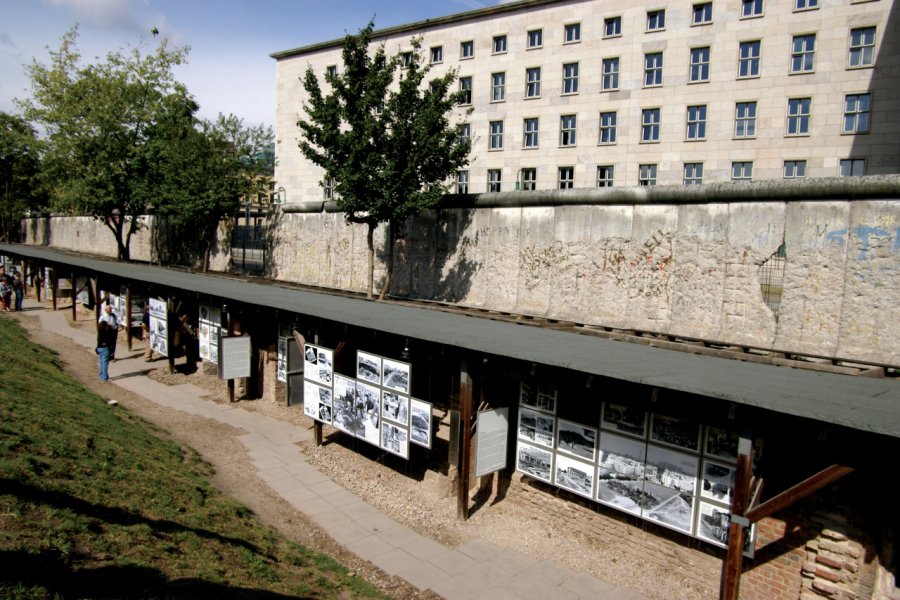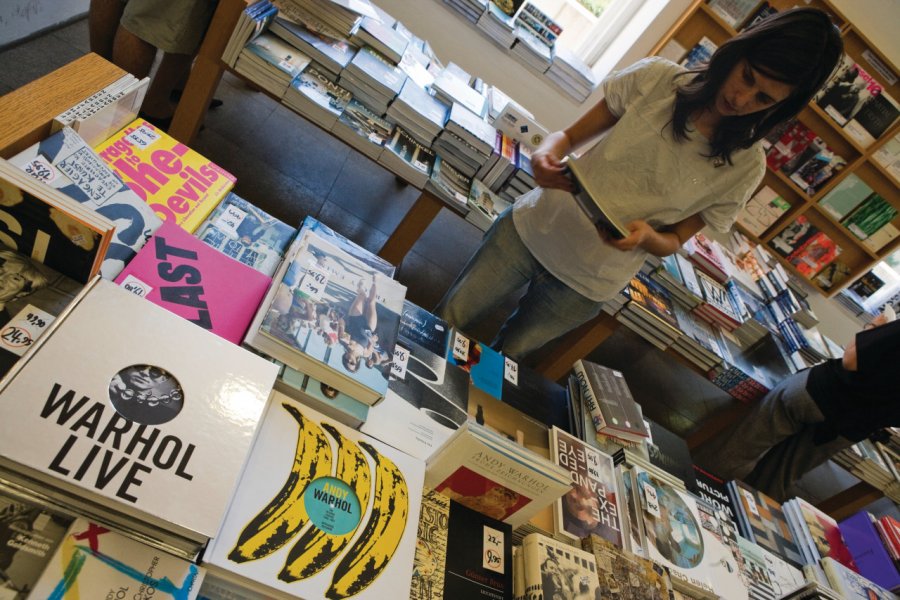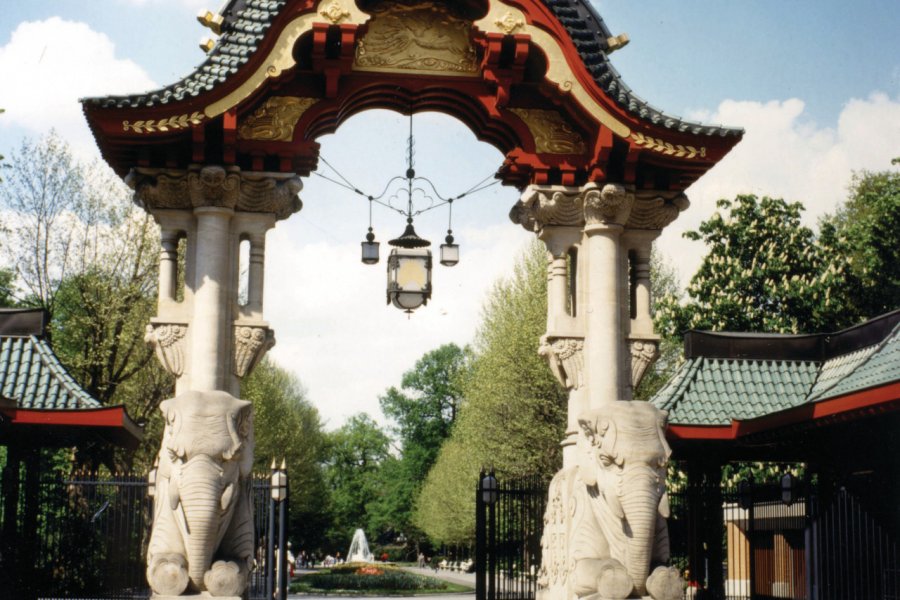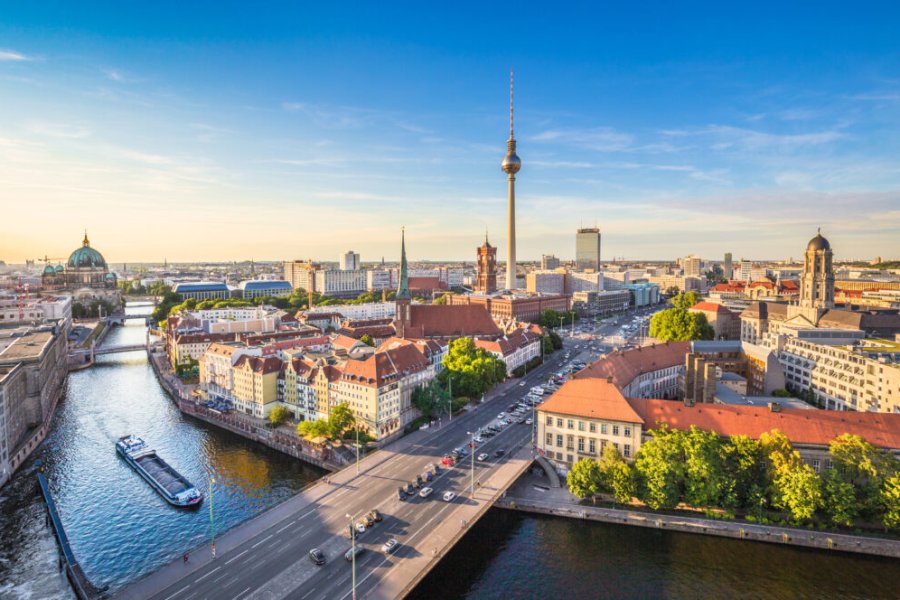Why go to Berlin? The 10 good reasons to go Berlin

His queer scene
Since the 1920s, Berlin has been the Eldorado of the LGBTQIA+ communities in Germany.

Its architecture
Berlin's architecture reflects different eras and political regimes.

Its parks
Berlin is one of the greenest cities in the world. Its parks number in the hundreds.

Its lakes
The lakes of Berlin and Brandenburg are a paradise for hedonists in the summer.

The Berlin Wall
It separated the city for 28 years and shaped two cities with a thousand identities.

His lifestyle
Berlin fascinates the world with its carefree and casual lifestyle.

Its history
Its wounds are still open, and Berlin is an open-air history lesson.

Its museums
Berlin has a large number of high-quality art, archaeological and history museums.

Electro music
Berlin is famous for its nightclubs that attract young people from all over Europe.

Beer
A pint of Berlin beer is about half the price of a half Parisian one.
What to visit Berlin?

Interview: MY BERLIN
with Henri FRUNEAU, author of the guide
Fascinated by foreign languages and civilizations, Henri Fruneau studied German in France and Germany. After studying and living in Leipzig and Vienna, he decided to move to Berlin to better understand this intriguing city. He has now been living in the German capital for four years and continues to explore the city with interest and curiosity.
See the video of the interviewGood to know to visit Berlin
 Timetable
Timetable
In Berlin, many museums are closed on Mondays, with the exception of a few like the Pergamon and the Neues Museum, which are open all week, often between 10am and 6pm. On Thursdays, the national museums hold their nocturne, staying open until 8pm. Some museums can be very busy on long weekends.
Closing of the Pergamon Museum. Berlin's most famous museum, considered one of the most important archaeological museums in the world, is closed for major renovations until 2037.
 To be booked
To be booked
It is possible (and advisable) to book a time slot for certain museums or attractions. On the website of the National Museums (www.smb.museum) or at the tourist office, you can buy your ticket and at the same time reserve a time slot for the Museum of Pergamon ( zeitfenster in German, time slot in English). This service is free of charge and will allow you to avoid long waiting hours in the queue. The same applies to the Television Tower (Fernsehturm), which is also very popular. However, the Fast View Ticket is more expensive than the ticket you can get on the spot after waiting in line.
For the Berlin and Potsdam castles, you can find combined tickets on the official website: www.spsg.de. They also allow you to book an entrance time for Charlottenburg Palace and Sanssouci Palace in Potsdam.
A visit to the Reichstag dome is free of charge and must be booked in advance. Make your reservation well in advance of your trip on the Bundestag website (www.bundestag.de/fr/visite), ideally at least two weeks in advance. Otherwise, once you are there, try your luck at the information booth in front of the parliament.
 Budget & Tips
Budget & Tips
There are several tourist offers that allow you to save money at the entrance of museums and attractions in the city. The Welcome Card combines a ticket for public transport with a whole range of discounts. It is interesting if you want to visit the TV Tower or take a tour bus, but it is considerably more expensive than public transport tickets. Its price varies according to the duration of validity and the zones (www.berlin-welcomecard.de/fr). For two days in zones A and B, it costs 25 €. For six days ABC (with Potsdam) 56 €, against 36 € for 7 days of public transport without the discounts. Do the math by comparing the list of discounts with your To-do-List.
For a visit to the city's major museums, there is - in our opinion - nothing better than the Museumspass. For three consecutive days, this pass costs €29 (€14.50 for the reduced rate) and opens the doors of 30 museums, including the Museum Island, the Jewish Museum, the Museum of German History, etc. The ticket will pay for itself very quickly. For optimal organization, check the opening days, but beware of Mondays!
Many places dedicated to the preservation of memory are freely accessible in Berlin: for example, the exhibition Topography of Terrors or the memorials for the victims of Nazism.
 Main events
Main events
Depending on the season you come to Berlin, you are likely to do very different activities. Winter is cold and gray in Berlin. The temperatures don't lend themselves well to long walks in the city and you'll soon be heading for the museum. In the summer, the long sunny days are an invitation to stroll and relax on the terrace or to run around to make sure you don't miss out on any of the exceptional cultural and festive offerings.
Occasionally, the city center of Berlin is partially closed off, for example because of the marathon or a state visit.
 Guided tours
Guided tours
Every day, young Berliners offer Free Tours (no fixed price, just a tip of sorts) in English, German and Spanish, useful for discovering the city for the first time (www.neweuropetours.eu/sandemans-tours/berlin/). For a guided tour in English, go to Pariser Platz at 10am, 11am, 12pm, 2pm or 4pm. They start the tour not far from Brandenburger Tor station, and you'll recognize them by their red umbrellas. For an original tour of the city, we recommend the Berliner Unterwelten (www.berliner-unterwelten.de/fr), an association that opens the doors of Berlin's underground passages. They offer three themed tours in French!
 Tourist traps
Tourist traps
Don't jump at the first tourist ticket that comes along. The Berlin tourist office Visitberlin is very "pushy". Take the time to see if the discounts offered are worthwhile for your stay. The Welcome Card does not include discounts for the famous Museum Island or the Gemäldegalerie.
